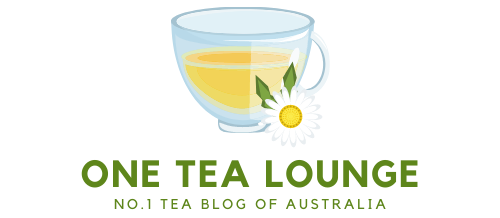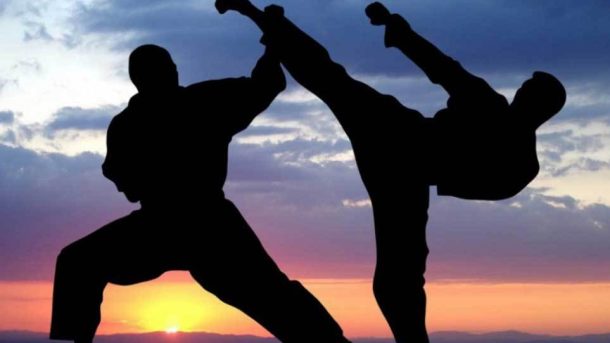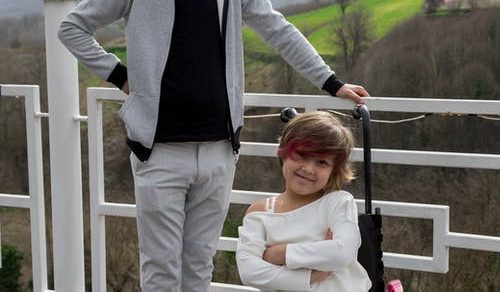There are many styles of fighting in martial arts. Many of them are based around a particular technique. These techniques can also be derived form different styles like kung Fu, Taekwondo or Japanese-style Meditation. Various forms of martial arts can be categorized as Sanshou, or spiritual combat. Here are some main styles to look out for in a class of martial art.
Royce Gracie
Royce Gracie is a well-known mixed martial artist who is also a retired UFC Hall of Famer. His Gracie Jiu-Jitsu technique is well-known among martial artists all around the globe. He’s also one of the most influential figures within the history of mixed martial arts. This article gives a brief overview of Royce Gracie’s career and highlights the most important lessons he learned in his martial arts classes.
Royce Gracie first entered the ring in 1998, he decided to take on the challenge of a top student of Carlson – Wallid Ismail. They had been training together for three years and Ismail had beaten many members of the Gracie clan before he entered. The fight took place under special rules. Royce was submitted in the first round by Ismail with a shoulder lock. Royce Gracie and Ismail have never fought again.
The legendary Royce Gracie, the son of Helio Gracie, has been a highly influential martial artist for decades. He was the first to be inducted into UFC Hall of Fame. Royce Gracie has carried on the family’s legacy and promoted BJJ as a mainstream martial arts. He also runs a number Royce Gracie Jiu-Jitsu groups around the globe. It’s not surprising that Gracie Jiu-jitsu has become a standard in many martial arts dojos and that fighters all over the world are eager to learn it.
Itosu Anko
The roots of Itosu Anko are found in the Ryukyu Kingdom, where it evolved from indigenous Ryukyuan martial arts under the influence of Chinese Martial Arts, notably the Fujian White Crane. Karate, however, is not a traditional Japanese martial style. It evolved over time from a Japanese style. Its history is not clear. It has been credited to several different sources, but the most popular claim is that it was developed by the Ryukyuan people.
Gichin Funakoshi recognized Itosu for his incredible strength. His vice-like grip and impressive physical strength allowed him to withstand blows without losing his balance. Itosu not only trained his physical strength but also made sure his body was prepared to withstand any blows. He used a makiwaraboard that he repeatedly struck to condition his hands. This gave him an advantage over his opponent in the fights.
Itosu’s karate roots stemmed from a childhood of abuse and bullying. His father beat him by tying him up and poking him using a stick. He learned the kata to disarm attackers with sticks from this experience. Motobu the Monkey, his nickname for his agility, was the name of the kata that he developed.
Helio Gracie
Helio Gracie, a Brazilian martial artist, is credited with founding the Gracie Jiu-Jitsu martial art system. He is often referred as the father of Brazilian Jiu-Jitsu because he developed many methods of grappling. Many have praised his work and continue to be inspired by it. Here are some of the most famous techniques he pioneered.
First, let’s start with his background. He was the youngest of three children born to Gastao Gracie and Belem do Para in Brazil. He grew up in a difficult family environment, moving from Belem do Para to Rio de Janeiro at a very early age. His family’s financial situation and mental state made his childhood difficult. Helio Gracie’s legacy lives through his children.
Carlos taught him traditional Japanese Jiu-Jitsu and adapted it to his frail body. He developed a system of self-defense against large opponents and defeated them time again. His revolutionary approach in martial arts helped his students overcome their childhood fragility. Gracie’s philosophy on food was the basis of his lifelong pursuit for perfection.



